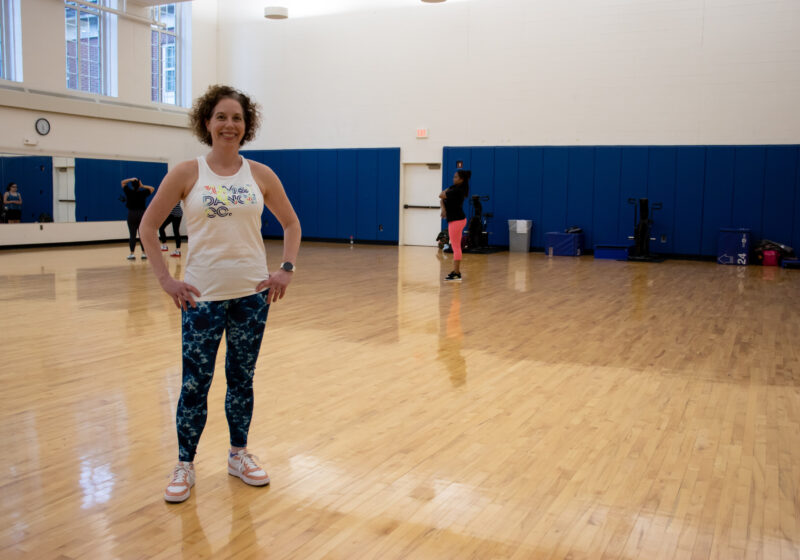When Futurity launched just under six months ago, it had the support of 35 research universities, all located in North America.
Now Futurity has gone transatlantic.
The Russell Group, a union of 20 research schools located in the United Kingdom, has been integrated into the cooperative research Web site known formally as Futurity.org. Though not all 20 schools within the Russell Group are official members of the Futurity project yet, the schools that have been added are intended not only to increase Futurity’s breadth of coverage, but also to increase exposure of Futurity to other parts of the world.
‘Visitors to the UR Newsroom page come from Rochester, New York City and London in that order most months, so that audience is already very important to this university,” Vice President for Communications Bill Murphy said.
The United Kingdom schools added to the group include Cardiff University, King’s College London, University College London, University of Leeds, University of Nottingham, University of Sheffield and University of Warwick. They join McGill University, located in Montreal, in representing international research.
The new additions have been slowly phased in since January, when the members of Futurity voted to include the Russell Group. Already, a number of pieces have been added. Cardiff released a study two weeks ago examining how the bamboo diet of pandas relates to the pandas’ genomes.
Leeds released a study on Futurity last week describing the effect of collaboration between health care specialists on patients with depression and diabetes. Allowing such research to more easily reach American readers was exactly the goal of the Russell Group.
‘We’re very excited about our partnership with Futurity,” Director of External Relations for University of Sheffield Carrie Warr said. ‘It allows us to communicate our University of Sheffield research to a wider audience, and have our achievements showcased alongside leading U.S. universities.”
Futurity, a Web site which showcases the research of what is now 53 institutions, exists to increase collaboration and, more importantly, easily showcase research to a broader audience. UR, Duke University and Stanford University founded the organization in September 2009, and UR’s Office of Communications manages the enterprise.
The site operates by sorting press releases from the individual institutions into various categories: earth and environment, health and medicine, science and technology and society and culture. The Web site is not an original reporting organization as much as a hub for communicating research one that the Russell Group looks to utilize effectively.
‘So much research activity these days is done corroboratively across continents, so it makes sense for the U.S. and U.K. to collaborate on communicating this research,” Warr said.
Head of Communications for the Russell Group Donald MacLeod agreed.
‘Good science is international so the decision by Futurity to expand outside North America is logical as well as very welcome from the point of view of British universities and British readers,” he said.
Still, the primary goal of Futurity is to fill a void in reporting scientific research to large audiences. Unlike most major media outlets, Futurity is focused on research alone, and its backers hopes to use this to make the Web site popular.
‘Futurity is one of the interesting experiments taking place now in the media as everyone tries to adapt to the steep decline in traditional newspapers and magazines,” MacLeod said.
To the extent that Futurity is looking for a consistent readership, there has been steady success. According to a Feb. 23 press release, Futurity has been visited over 400,000 times since its launch. But to the extent that Futurity will find footing among wider audiences with broad interests never one of its expressed goals success may be more elusive.
Particularly unique research tends to be picked up by the larger media outlets indeed, a New York Times assessment of online article popularity suggests such research stories tend to be most popular. Yesterday, for instance, both The New York Times and Futurity covered a University of Michigan study about dinosaur-eating snakes named Macrostoma.
Both Futurity and the Times provide online links to the original research, meaning Futurity is bypassed altogether if a story is accessed on the Times Web site. The effect on the research institutions is a moot point they gain attention either way.
This may, however, diminish the ability of Futurity itself to become a destination, in turn making it difficult for less flashy research to gain recognition.
‘We’ve always looked at Futurity as an experiment one that is gaining traction,” Futurity Editor and Assistant Director of Public Relations Jenny Leonard said. ‘[UR] has helped foster that experiment from the very beginning. I’m really proud to work on the project, and look forward to seeing it develop in the months ahead.”
If Futurity can gain broader public recognition, though, the benefits to the participating institutions are undeniable.
‘Scientists publish their work in learned, peer-reviewed journals that will never be read by the general public in a million years but ultimately they depend on the public for funding one way or another,” MacLeod said. ‘So the more their stories can be told in an accessible way, the better for science and the better for all of us.”
Brenneman is a Take-Five-Scholar.

